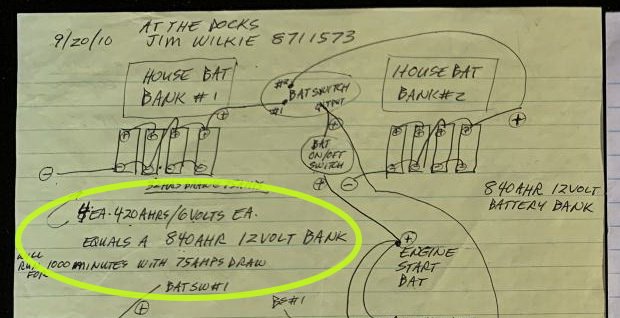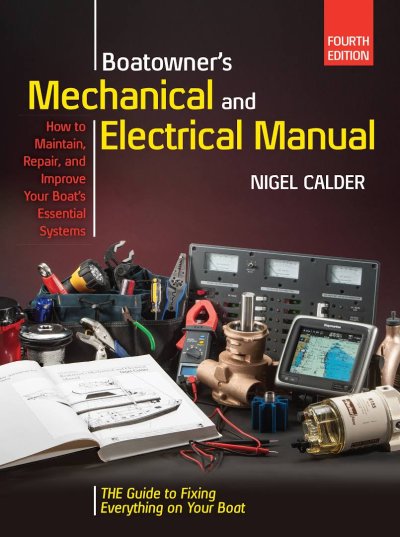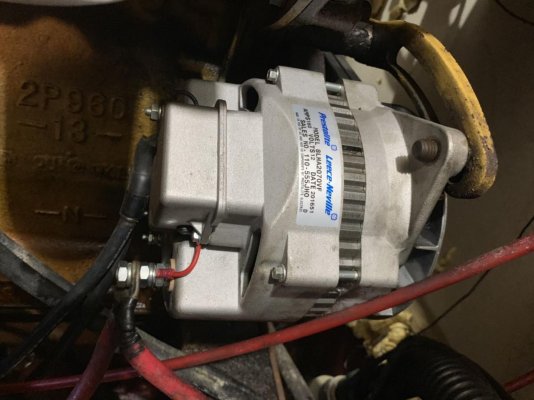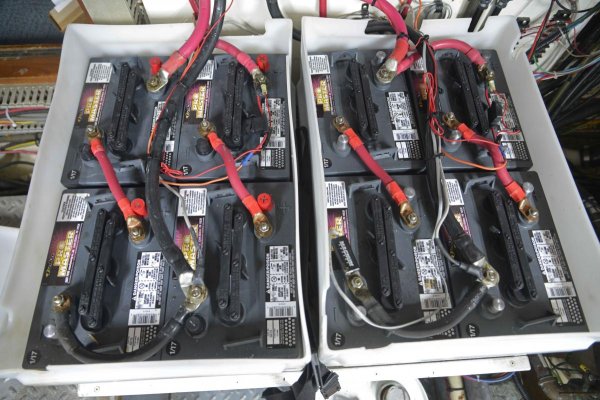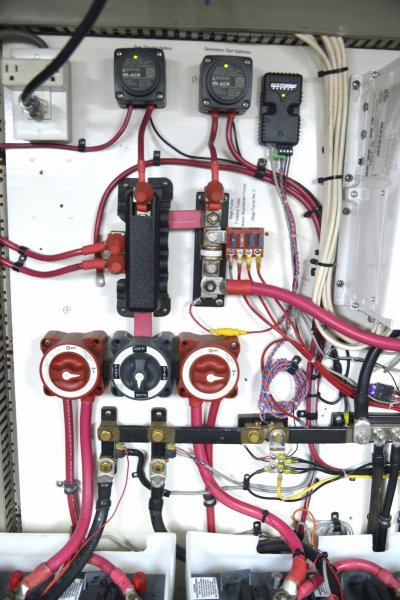OldDan1943
Guru
- Joined
- Oct 2, 2017
- Messages
- 10,599
- Location
- USA
- Vessel Name
- Kinja
- Vessel Make
- American Tug 34 #116 2008
Maybe I missed this so I shall ask again.
When you measured the output of the alternator, you measured it at the alternator?
There is a fuse in line from the alternator to the battery charger.
If you have good output at the alternator, maybe your inline fuse is 'blown'
Fastest way to check the fuse is, shut the engine down, measure across the alternator fuse with you ohm meter.
You get zero reading across the fuse, reach into your spare parts locker and replace the fuse or install your spare alternator. (innocent look)
Dont even have to take the fuse out to check.
When you measured the output of the alternator, you measured it at the alternator?
There is a fuse in line from the alternator to the battery charger.
If you have good output at the alternator, maybe your inline fuse is 'blown'
Fastest way to check the fuse is, shut the engine down, measure across the alternator fuse with you ohm meter.
You get zero reading across the fuse, reach into your spare parts locker and replace the fuse or install your spare alternator. (innocent look)
Dont even have to take the fuse out to check.
Last edited:


